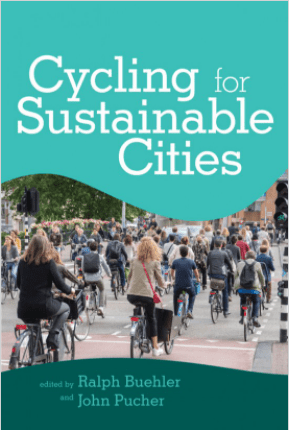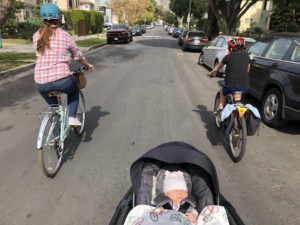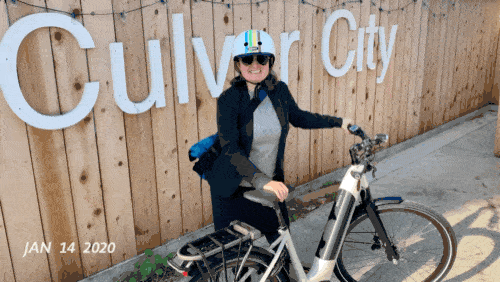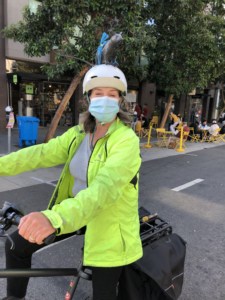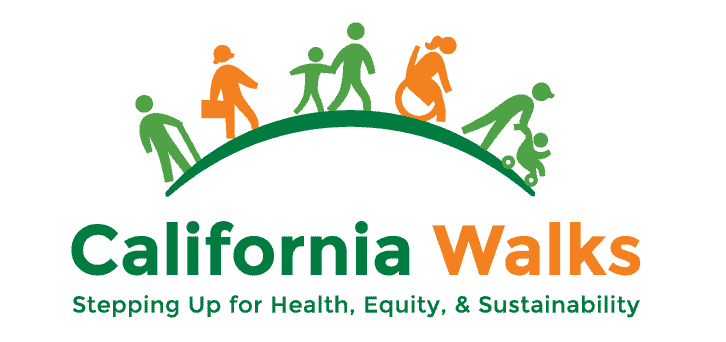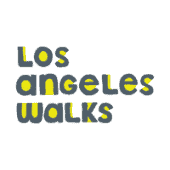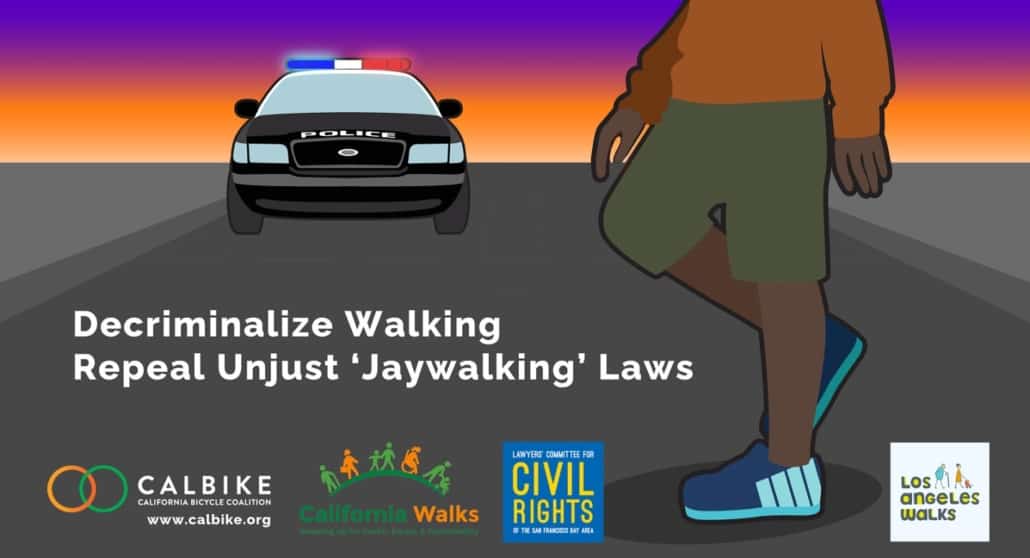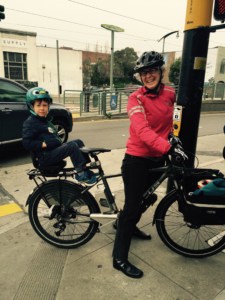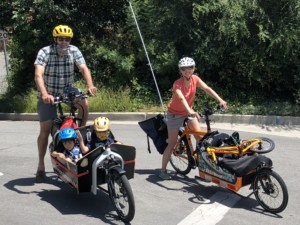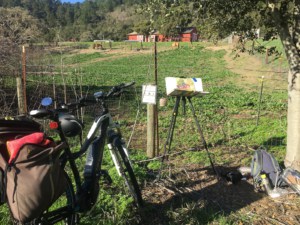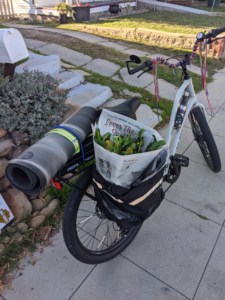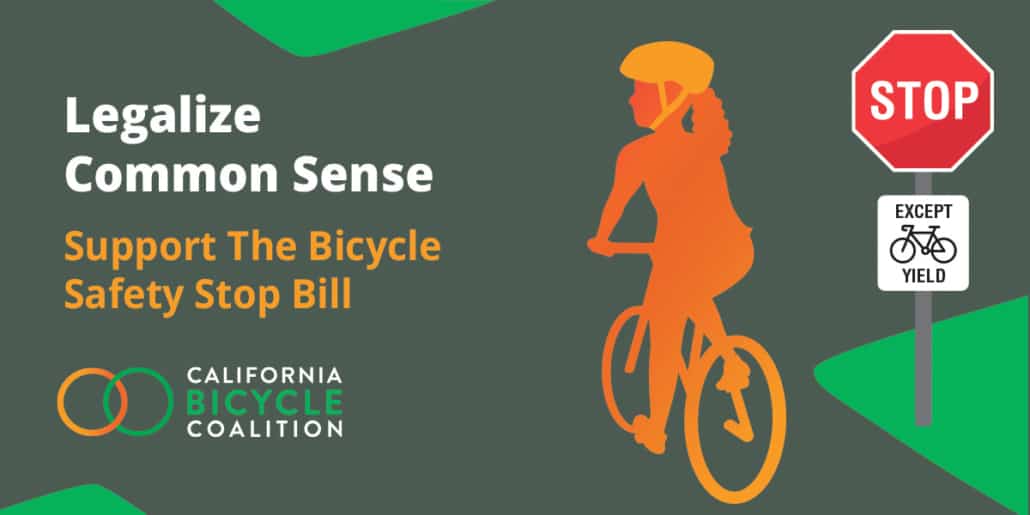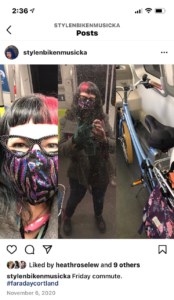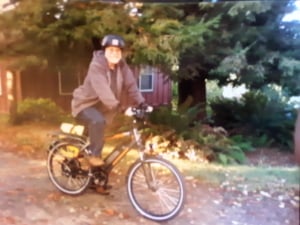California has lots of hills; they are part of the landscape that makes our state so beautiful. When CalBike asked you to share e-bike stories to support our campaign for a $10 million e-bike affordability program, many of you told us how your e-bikes flatten hills, so you can ride on terrain that might have been too challenging on a manual bike. Here are four inspiring stories of how e-bikes flatten hills.
Kate Blumberg, Portrero Hill, San Francisco
I live at the top of Potrero Hill. I was riding my bike to work for years but I often dreaded coming home and I never left the house on bike unless it was going to be a long ride or a full day. I never got burritos or groceries on bike, mostly going without or driving.
When my son was born I realized that I just couldn’t bike him up the hill—the added weight was too much for me, and I started looking into e-bikes.
Riding home on my first e-bike I remember thinking, everyone in San Francisco should have one of these! I still, 10 years later, bike my son to school and aikido class. And I now also bike to the farmer’s market, grocery store, pizzeria, burrito shop, the best sushi restaurant and everything in between. I pretty much never get in the car unless my destination involves a highway (hiking, surfing and camping all mostly require the car). I definitely use the car less, and I’m happier. And my son is too (he also hates the car).
[I replace car trips with my e-bike] all the time – 25 miles a week or so. That’s lots of trips. The rest of the trips, if I didn’t have an e-bike I would take transit or walk.
Wesley Reutimann, Pasadena
Our household became a one-vehicle household in the suburbs of Los Angeles County about a decade ago, and purchased our first e-cargo bike after starting a family in 2015. In addition to saving on vehicle insurance, registration, maintenance, etc., the change has been a wonderful opportunity to explore southern California with our children on two wheels in a comfortable and safe manner. It’s also made visits to grandparents who live on the top of steep hill manageable with children on a bike. And e-cargo bikes are awesome at making cycling more comfortable on hot days in the inland valleys.
Pre-pandemic the average [on our e-bikes, replacing car trips] was 60-80 miles a week. We use the e-cargo bike to drop the kids off at school, run errands, do shopping around town, and go to local parks and trails.
Helena Worthen, North Berkeley Hills
After I got knee replacements four years ago followed by ablation surgery for A-fib (I am now 77), it was clear that it was time to get an electric bike.
On my first ride, from near Bay sea-level up to the edge of Tilden Park above Berkeley, the steepest hills turned into gentle rollers and all the pain just went away.
With saddlebags, I do all my shopping and anything else that happens between Richmond and downtown Oakland. I don’t try to be an athlete, I just use the full e-assist and enjoy it. Even just in the last four years, routes around the East Bay have gotten more and more marked and protected, making it more relaxing to ride.
I’d guess I ride 15 miles a week – not a lot, really but it’s all my grocery shopping, banking, and library trips. It’s not cardio but at least I’m moving around, so it has to be good.
Eventually, in order to travel out past the 40-mile battery range, we did buy a car, but we had at least three years of living car-free. Our car basically sits in front of the house unless it’s cold, raining hard and I really have to go somewhere. Currently, our car has only gone 2000 miles this last year, and most of that was one trip to LA.
Paola, Carmel
I have lived in Carmel Valley since 1965. I have been involved in county transportation issues at varying times since 1989 and am currently on the Carmel Valley Road Committee as spokesperson for bicyclists needs. I started riding to school in Monterey when I was fourteen. I have always ridden to do errands and for pleasure.
I researched e-bikes for a good fifteen years. In 2017, electric bikes had evolved sufficiently in range that I purchased one. At that time I was 56 years old, so I was tired of riding against the wind and dealing with the steep hills solely under my own power. While I do still need to use my car for certain things, I ride as often as possible.
Now, I have logged almost 8,000 miles doing errands locally since I purchased the bike. It is the way to go!
Monica de la Cruz, San Diego
My e-bike has made a world of difference, especially through the darkness and difficulties of the pandemic. I lost a very close friend and a family member in the fall of 2020, and between the immense grief and the isolation of working from home, I was really struggling. Regular bike rides became my method for coping. It’s still a difficult time, and I will not minimize mental health issues, but the rides afford me space to breathe, explore the city, feel wind and sunlight on my skin, take screen breaks, process, and feel a little lighter. Through this last year, that space has been essential. Nothing could convince me to trade my e-bike rides for a car commute.
Previously, the multi-legged transit ride to the office was too long to be a sustainable commute, and the length and incline were personally too challenging on a traditional bike, so I usually drove or worked from home.
My e-bike has cut out half of the transit trip so now I can work from the office on a routine basis, which has improved my work schedule. Thanks to my e-bike, I can live car-free, do just about any errand, and enjoy my city (even the hills). I ride about 30 miles a week on my e-bike.
Do you have a story about how e-bikes flatten hills in your neighborhood? Or commuting, running errands, riding with kids, or another tale of happy e-biking that you’d like to share? Tweet your e-bike story @CalBike or share it with us on Facebook using the hashtag #ebikestories.
Do you believe everyone deserves to be able to purchase an e-bike? Support CalBike’s campaign to create a $10 million e-bike afforadbility program. Sign our petition.
I Support the $10M E-Bike Affordability Program
